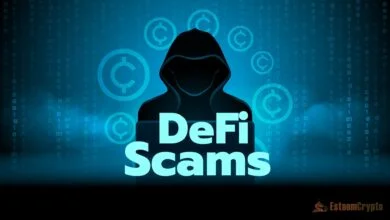DeFi vs. CeFi: Decentralized Finance Compared to Centralized Finance
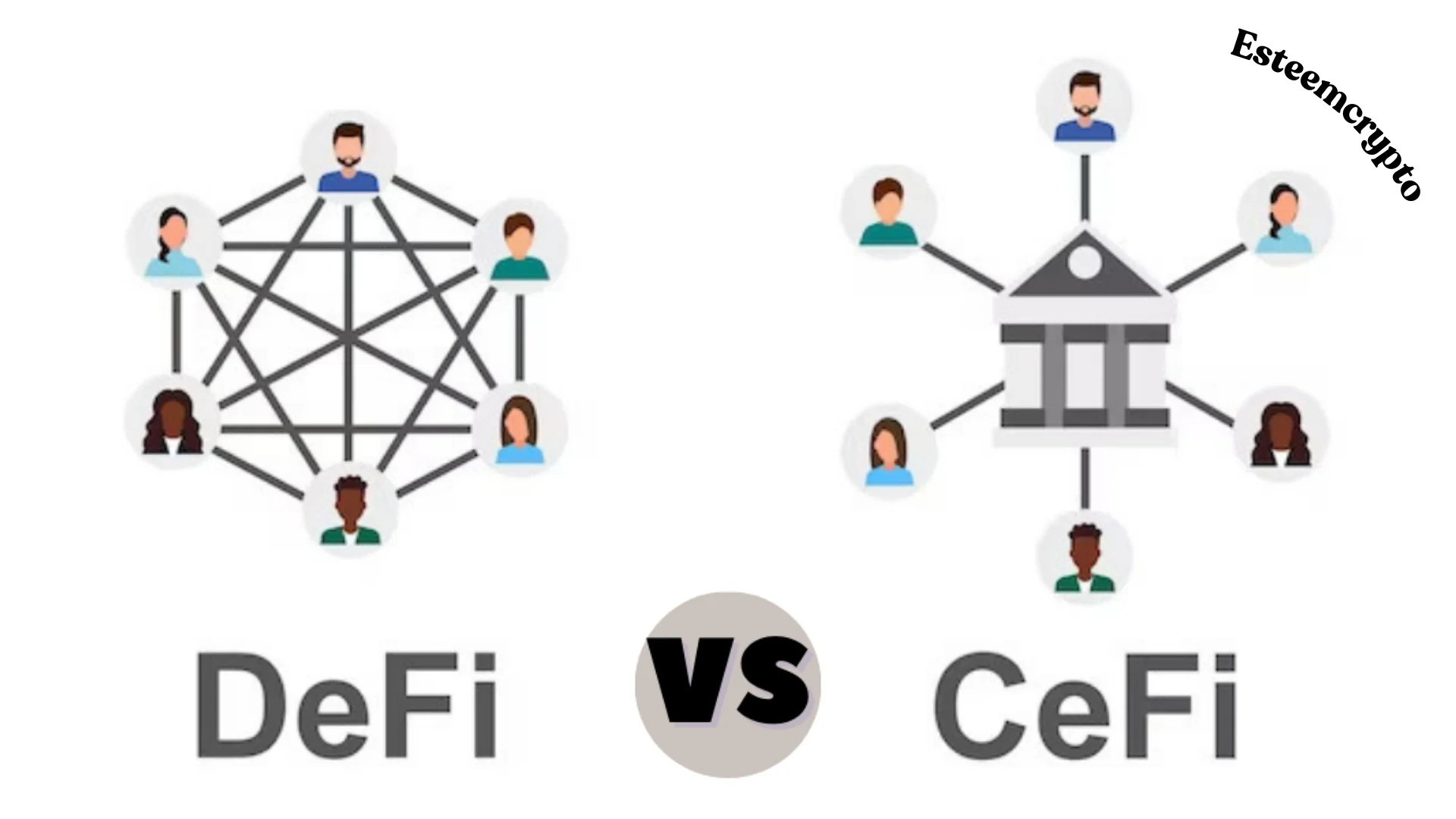
DeFi vs. CeFi: Because consumers are typically in the dark about the agreements and regulations that control financial assets and goods, the conventional centralized finance (CeFi) environment can seem enigmatic to those not well-versed.
Decentralized Finance (DeFi) is making its presence felt as an ecosystem that promises control and transparency; this is due in part to the integrity-protected blockchain that underpins DeFi and the fact that it offers higher financial asset yields than CeFi platforms. But sometimes, it’s hard to tell where CeFi ends and DeFi begins. This article compares and contrasts DeFi with CeFi, looking at the two systems from several angles, including privacy, economics, security, law, and market manipulation.
What is CeFi, and How Does it Work?
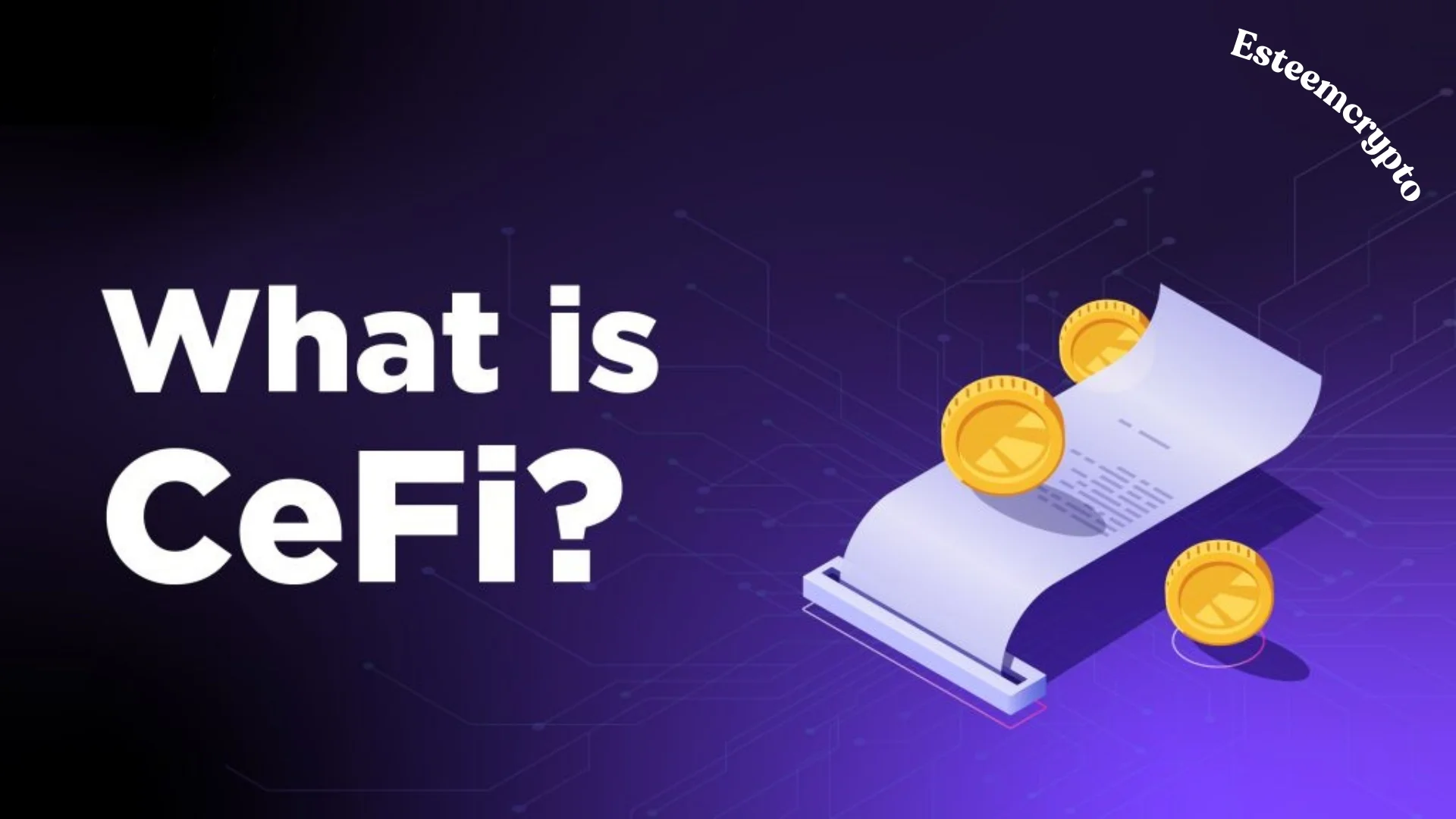
Centralized banking was first established in ancient Mesopotamia some 3,000 years ago. Livestock, land, and cowrie shells were among the first forms of human-issued currency. Later, fiat currencies replaced these and other products and assets, including precious metals (especially gold, widely accepted as a store of value) and other assets.
Therefore, money has been proven to have inherent value (like land) or be given an implied value (like fiat currency). The idea of a centralized institution, such as a government guaranteeing the value of a currency and controlling a military force, has been the bedrock of all previous endeavours to establish an everlasting, stable financial and currency system. But how does CeFi relate to cryptocurrency?
Under centralized finance, all crypto trade orders are routed through a central exchange, the main idea behind centralized exchanges (CEXs) in crypto. Currency exchanges that are part of CeFi include Kraken, Binance, and Coinbase. Users sign up for various exchanges and use the same platform to trade tokens. But that’s not all. Not only can you trade cryptocurrencies on these exchanges, but you can also borrow money, trade on margin, and lend money.
Users’ money is still at risk if the exchange’s security measures fail because it is kept on the exchange rather than in their possession. This has led to several security breaches affecting centralized exchanges. Because users believe in centralized exchanges, they are willing to part with their details and put their money in their care.
In addition, large exchanges have dedicated departments staffed by customer service representatives to serve their customers better. Customers feel safe knowing their money is being well-managed because of the high-quality customer service they receive.
What is DeFi and How Does it Work?
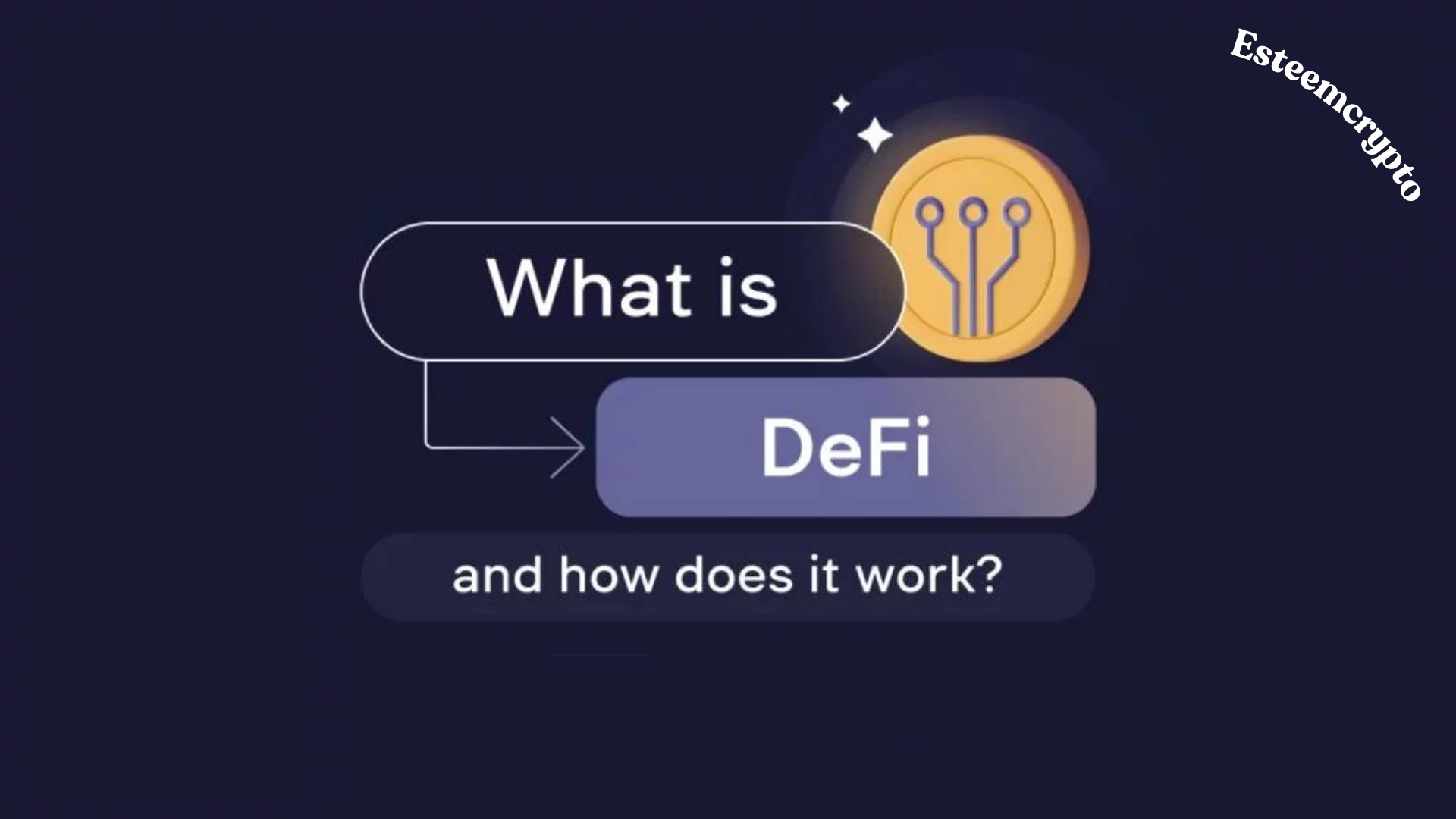
Emerging imputed currencies directly result from blockchain technology’s decentralized, permissionless properties. A vital aspect of the blockchain is its ability to facilitate the trade and transfer of financial assets without needing third-party trusted intermediaries. In addition, a relatively new area of blockchain research called “decentralized finance” lays the groundwork for future financial innovations by building smart contract-based software and services atop ledgers.
Using cryptocurrency and smart contracts, DeFi offers services directly to users. In today’s financial system, financial institutions act as guarantors for transactions. These institutions have tremendous power because your money goes through them. However, in a DeFi transaction, a smart contract stands in for the bank.
Asset exchanges, loans, leveraged trading, stablecoins, decentralized governance voting, and most of CeFi’s offerings are compatible with DeFi. Yet, not only is the variety of products offered ever-expanding, but so are the complexities of products like options and derivatives, which are undergoing fast change.
Transparency, control, and accessibility are features that set DeFi apart. Detailed regulations governing the functioning of monetary assets and products are available to users in DeFi. One way in which DeFi aims to promote CeFi transparency is by doing away with centralized, private agreements and back-deals.
By letting users keep ownership of their assets, DeFi offers them agency; nobody should be able to restrict, transfer, or destroy user assets without user consent. A good computer, an internet connection, and basic knowledge are all needed to create and launch a DeFi product. Meanwhile, the blockchain and its decentralized network of miners handle most of the DeFi software’s work.
DeFi vs. CeFi: Various Properties Compared
The most prevalent DeFi vs CeFi properties are discussed in the section below.
Public verifiability
To be considered non-custodial DeFi, the execution and bytecode of the program, even if it’s not open-source, must be publicly verifiable on a blockchain. Consequently, unlike CeFi, any user of DeFi may watch and confirm that DeFi state changes are executed logically. The new DeFi technology’s unparalleled ability to convey trust directly results from this transparency.
Atomicity
A blockchain transaction allows for sequential actions, including several financial transactions. This combination can be atomic, meaning the transaction will either finish or fail. CeFi does not have programmed atomicity, although expensive and delayed legal arrangements could enforce it.
Anonymous development and deployment
Transactions in DeFi are more anonymous than those in centralized finance. Even Bitcoin’s creator is still a mystery; anonymous teams construct and run many DeFi projects. After installing DeFi intelligent contracts, the miners run them implicitly. Users are compelled to interact directly with the smart contract in anonymous DeFi applications, as they do not require a front-end.
Custody
Customers of DeFi, in contrast to CeFi, can access their assets at any time (without having to wait for the bank to open). Nevertheless, a tremendous burden of duty accompanies such immense authority. Users are liable for most technology risks unless insurance covers them. Centralized exchanges are thus a popular choice for storing Bitcoin assets because they function similarly to traditional custodians.
Trading of crypto assets
Like their more conventional relatives, the CEXs are constructed from the ground up. The CEX keeps an off-chain record of all outstanding orders posted by traders in their limit order books. In contrast, decentralized exchanges (DEXs) use automated market-maker (AMM) protocols to pair buyers and sellers in a transaction. AMMs use mathematical algorithms to calculate prices based on the amount of transactions.
Execution order malleability
It is common practice for users of permissionless blockchains to publicly announce the transactions they plan to execute over a decentralized network. Since there is no long-term central authority dictating the order of transaction execution, peers can engage in fee bidding contests to influence the execution order. The order’s malleability has demonstrated numerous market manipulation strategies that are now routinely used on blockchains.
Contrarily, CeFi’s regulatory bodies impose severe constraints on financial institutions and services, including implementing transaction ordering. But because CeFi’s financial intermediaries are so centralized, it’s not out of the question.
Transaction costs
Eliminating spam depends on DeFi’s transaction fees and blockchains in general. Financial institutions in CeFi can do Anti-Money Laundering (AML) client verifications, which allows them to offer free transaction services (or is mandated by governments to provide specific services for free).
Non-stop market hours
It’s no secret that CeFi markets are prone to outages. For instance, the two leading U.S. trading venues—the New York Stock Exchange and the Nasdaq Stock Exchange—are open from 9:30 am to 4:00 pm Eastern Time, Monday through Friday.
Most, if not all, DeFi markets are available around the clock due to the continuous nature of blockchains. Consequently, DeFi does not have pre- and post-market trading, unlike CeFi, which typically has low liquidity on various items during these periods.
Privacy
Blockchains lacking privacy-preserving intelligent contracts are the only ones that can host DeFi. The outcome is that users only get a false sense of anonymity when using these blockchains. Centralized exchanges with anti-money-laundering measures can reveal an owner’s address to authorities since they are often the only viable choice for turning fiat dollars into cryptocurrency assets.
Arbitrage risks
To minimize exposure to price fluctuations, an arbitrage should ideally function atomically. Arbitrage on centralized and hybrid exchanges is naturally vulnerable to market price fluctuations unless the arbitrageurs are working together with the exchanges to guarantee execution atomicity.
Two decentralized exchanges on the identical blockchain can be considered risk-free for arbitrage when transaction fees are ignored. This is because of the atomicity feature of the blockchain, which enables traders to program a smart contract to execute the arbitrage and return to the original state if it fails to yield a profit. As with a CEX and hybrid exchange, the arbitrage risk arises when two DEXs on different blockchains are exploited.
Inflation
When new currency is printed, the value of the old currency falls, a phenomenon known as inflation. Although inflation is the gradual decline in the purchasing power of a currency, the correlation between supply and inflation is not necessarily linear. Sometimes, an increase in the money supply does not lead to inflation.
In CeFi, the ability to create fiat money remains with central banks, and inflation is often measured using a consumer price index or a representative basket of goods and services. The availability of assets for various cryptocurrencies can fluctuate in the DeFi ecosystem. There will likely be a shortage of Bitcoin (BTC) $62,134 in the future due to the paradox that the amount of supply is limited. Still, the amount of economic activity it supports is unlimited.
Security flaws may exist because Bitcoin and other blockchains have no block reward or inflation. Whether Bitcoin and other cryptocurrencies endure a significant income difference owing to fiat inflation is unknown. No conclusive proof has been found that cryptocurrency addresses this issue.
Cross-chain services
It’s not uncommon for users to trade Bitcoin and other significant coins created on separate blockchains using CeFi’s services. Because of the time and effort required to complete atomic cross-chain exchanges, DeFi services often do not offer these tokens.
CeFi services address this issue by integrating many chains to keep funds, in contrast to decentralized services that necessitate tokens to adhere to Ethereum token specifications to be interoperable. Considering that many of the most valuable and actively traded coins are located on different blockchains and do not follow regulations on interoperability, this is a massive boon for CeFi.
Fiat conversion flexibility
In most cases, centralized firms offer more options for exchanging fiat currency for Bitcoin and vice versa than decentralized ones. Most DeFi companies do not give fiat on-ramps since converting money to cryptocurrency requires a centralized institution. Another way CeFi improves the customer experience is by allowing for much faster customer onboarding.
Synergies Between CeFi and DeFi
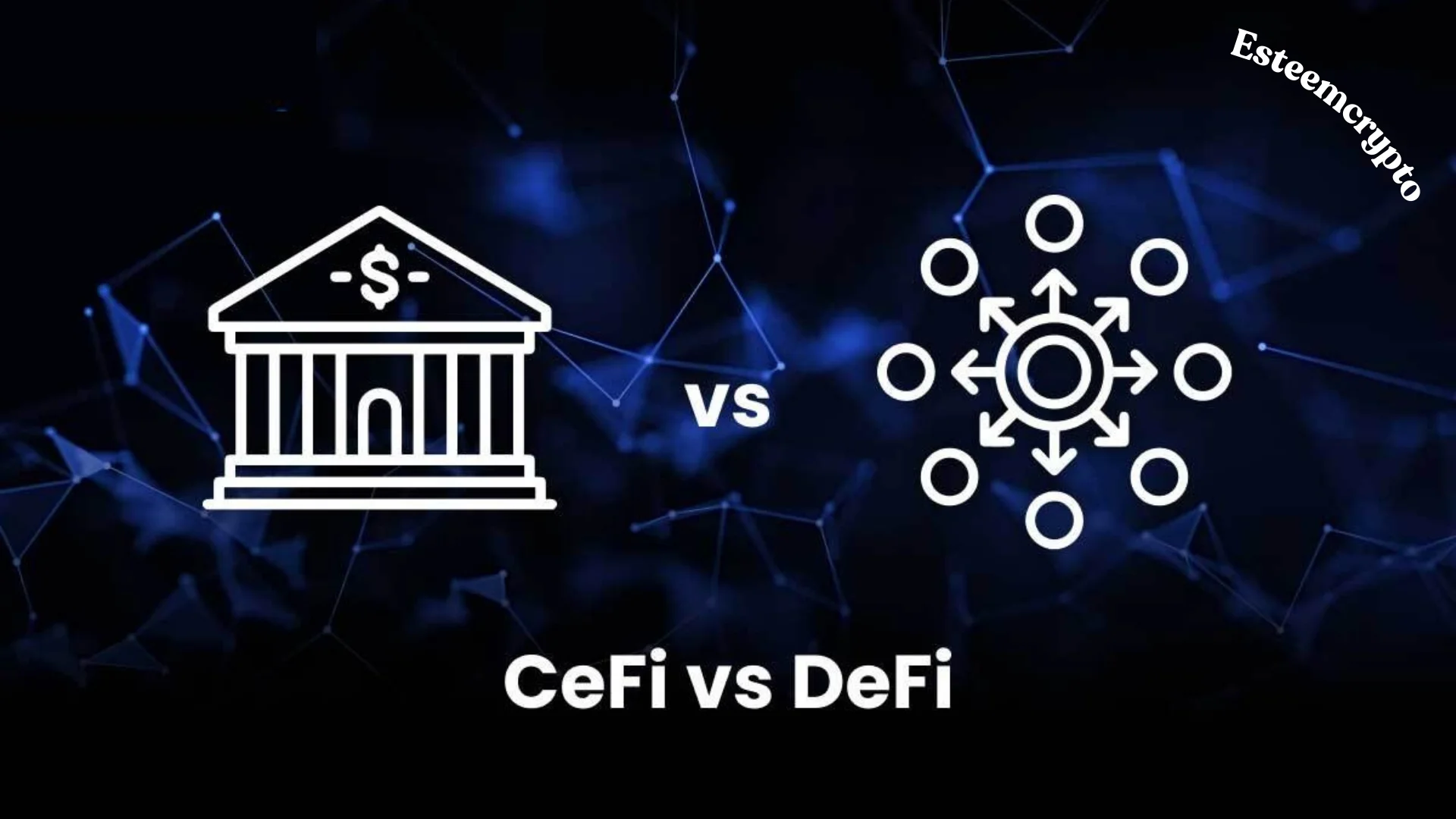
DeFi is only starting right now. The blockchain settlement layer gives DeFi and CeFi distinctive features, such as decentralization, transparency, and non-custody. However, the blockchain constrains DeFi’s transaction speed, delays in confirmation, and privacy.
The long-standing financial system is still essential to DeFi. Interestingly, on DeFi, crypto-assets value is still mainly established and acknowledged in fiat money. Because their value is linked to fiat currency, stablecoins are among the most widely used crypto-assets. As mentioned at the beginning of this article, only central banks can create the central bank currency of this article.
Therefore, central banks are no longer necessary due to DeFi’s dependence on fiat currency. To facilitate transactions between the conventional financial system and the cryptocurrency market, CeFi has established loan platforms. Instead of fiat-pegged stablecoins, users can borrow fiat money from these firms using their cryptocurrency holdings as security.
Recognized businesses run those platforms and act as counterparties for customers who deposit and borrow money. For that reason, crypto banks are a common name for these establishments.
Along with fueling the economy, DeFi and CeFi aim to supply consumers with top-notch financial goods and services. Since each system has pros and cons, combining DeFi and CeFi’s best characteristics is difficult. Therefore, we anticipate that these two distinct but complementary monetary systems will live side by side and mutually benefit. Below, we have highlighted a few potential areas of synergy.
Bridges
Financial organizations are integrating DeFi and CeFi to enhance their efficiency. The Grayscale Bitcoin Trust facilitates Bitcoin over-the-counter transactions on the CeFi market, Oracles such as Chainlink transfer CeFi data to DeFi, and Synthetix enables users to trade CeFi financial instruments as DeFi derivatives.
DeFi as an innovative addition to CeFi
In addition to imitating standard CeFi services, DeFi protocols enhance them to take advantage of blockchains’ specific characteristics. Take DeFi as an example; instead of CeFi’s well-liked order-book design, a new exchange mechanism called AMM has been implemented.
Assets are taken from liquidity providers by AMM, a smart contract. Traders avoid dealing with liquidity providers directly and instead trade against the AMM smart contract. Due to fewer market-maker contacts, AMM transaction costs are lower than CeFi order book transactions.
CeFi is also embracing these changes. Binance and other centralized exchanges started offering market-making services once the AMM concept gained traction. Some CeFi markets, such as foreign exchanges, have succeeded by combining the AMM model with human involvement; however, current DeFi markets are not in an excellent position to join the market-making business. By implementing specific CeFi strategies, AMM providers might lessen their clients’ vulnerability to arbitrageurs.
Lesson for CeFi: DeFi collapse
On March 12, 2020, the cryptocurrency market had a catastrophic collapse, with Ethereum’s price plMarch 12 by almost 30% in under 24 hours. The price of Ethereum fell by about 40% on May 19th, 2021. In CeFi markets, the 9.99% decline in the Dow Jones Industrial Average was dubbMay 19k Thursday” (albeit the daily fluctuations were less severe).
It was a stressful time for CeFi and DeFi during the accidents. Centralized exchange systems were temporarily unavailable due to an abnormally high volume of trades; for instance, Coinbase halted trading for about an hour, and exchanges briefly went dark after surpassing daily movement limits. Similarly, gas prices for transfer cost more than thcosts100 due to the astronomical gas price on the platform, which reached $2,913.
Users’ transactions were delayed in February 2020 due to the MakerDAO liquidation bots failing due to network congestion. Unlike CeFi, DeFi services are theoretically available at all times due to the distributed nature of blockchains. However, DeFi devices become too pricey for most consumers in those two worst-case circumstances. More research into the robustness of DeFi protocols has been conducted since then.
Although the settlement procedures and user behaviours of CeFi and DeFi are distinct, CeFi could gain valuable insight from the stress tests conducted by DeFi. DeFi has avoided such disruptions so far, which could help CeFi understand its limits, in contrast to CeFi’s reliance on circuit-breakers to reduce excessive asset volatility (markets stop training when volatility reaches specified levels)to grasp its boundaries better.


